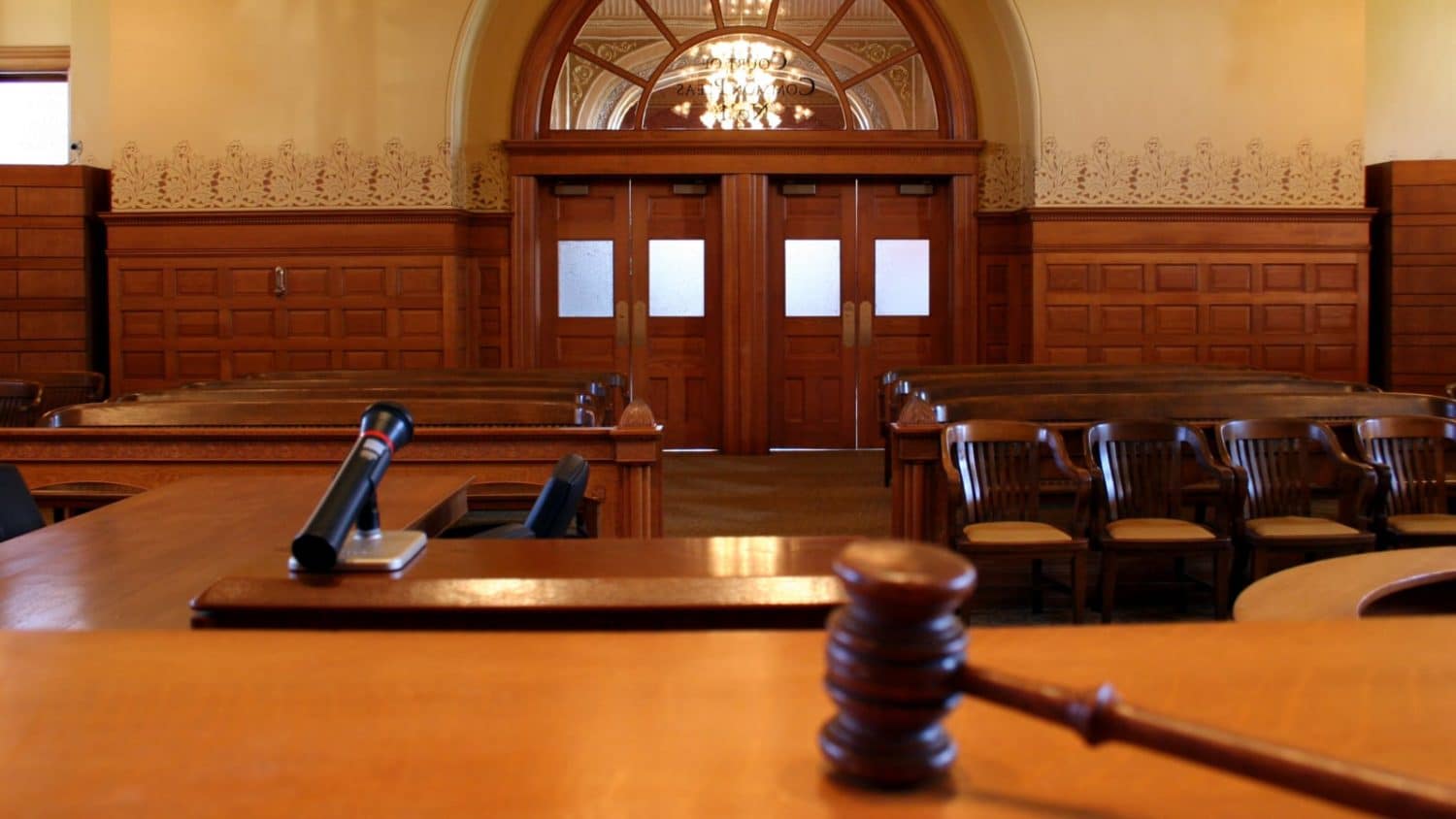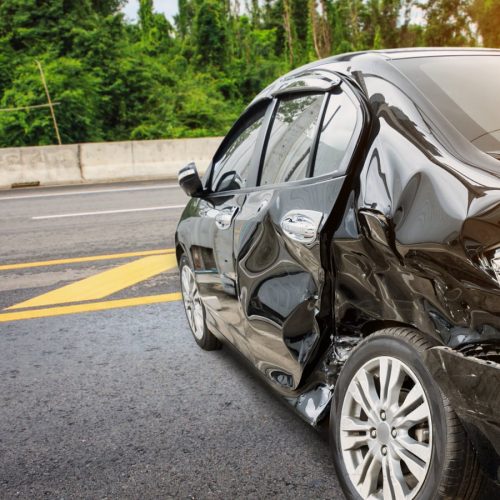
When you’ve been damaged by a defective product and are filing a lawsuit, this is called a product liability claim. Filing one of these lawsuits may be your best solution for getting the compensation you deserve after experiencing expensive medical bills and lost wages due to an injury caused by a faulty product.
If you’re considering a product liability lawsuit, your first step should be to learn about the different theories of liability that may influence your case and how your claim will be processed. Read about how product liability claims are processed and find out how an injury lawyer can help you identify the right liability theory for your case.
Strict Product Liability Claims
The majority of product liability claims will fall under strict liability laws. In strict liability cases, proving negligence is not a factor. Instead, plaintiffs will be required to prove three major issues.
First, you must show that the product that injured you was sold with a dangerous defect or without a needed warning label. Second, it must be proven that the manufacturer intended the product to be sold without being changed. Finally, you need to demonstrate that either you or your property were damaged by the faulty product.
There are three main types of strict product liability:
Products With a Bad Design
The most common type of product liability case has to do with a product that was poorly designed. A design flaw means an entire product line is unsafe and has the potential to cause a serious injury. If you’ve ever had a car that has experienced a model-wide recall, then you already have some basic idea about products with a major design flaw.
In these cases, you will need to prove that the product that injured you was defectively designed and that the manufacturer did not do their due diligence in attempting to protect the public from their faulty product.
Poorly Manufactured Products
In product liability claims involving manufacturing defects, a limited number of products have the potential to cause injury instead of the entire product line. For instance, there have been cases where a small amount of medicine has been manufactured with an incorrect ingredient, causing that particular batch to work incorrectly or resulting in harm.
Similar to cases involving a poor design, in personal injury suits involving manufacturing errors you will need to demonstrate that the producer knew about the manufacturing flaw and then did not put forth the effort necessary to prevent injuries from occurring.
Products Without Instructions or Safety Warnings
Certain products are inherently unsafe and can cause injuries very easily if they are used improperly. A good example of this would be toxic paints or heavy machinery that requires careful use. For risky products such as these, a manufacturer is required to provide a safety warning so that consumers are aware of the risk, and if no safety warning is present and you’ve suffered an injury, then you may be eligible to file a personal injury lawsuit.
The crucial factor in winning a case involving a lack of a safety warning is being able to prove that your injury was not caused by user error and that the manufacturer did not adequately prepare you for the associated risks of using their product.
Product Liability Claims Based on Negligence
Another possibility in your product liability claim is basing your suit on negligence. If you are seeking to prove the negligence of the manufacturer in your case, there are a few steps that you will need to follow.
The first step is proving that the manufacturer owed you a duty of reasonable care. Next, you must demonstrate that the manufacturer breached their duty. Once you’ve established a breach of duty, you will need to show that this breach resulted in your injury. Lastly, you will need to provide proof of your injury.
If you are having trouble proving these facts, you may need to consult with an injury lawyer.
Breach of Warranty
Almost every product that a person could purchase will include some type of warranty. If the manufacturer of a product does not fulfill the terms of a warranty, you might be able to file a breach of warranty product liability claim.
To have grounds for a breach of warranty claim, you will need to prove that there was an express or implied warranty for your product and that said product did not fulfill the terms outlined in your warranty.
Fraud Based Product Liability Claims
Certain product liability claims will be based on fraud. However, fraud can be very difficult to prove and requires that you establish several facts. Primarily, you will need to demonstrate that the manufacturer knowingly made false claims about their product in order to make a sale. After proving this fact, you must prove that you were justified in believing the manufacturer’s false claims and that doing so damaged you in some way.
As with most product liability claims, it’s best to work with an attorney when filing a claim based on fraud.
Discuss Your Case with an Injury Lawyer
If you need assistance in choosing the type of product liability claim that best applies to your personal injury suit, you need to discuss your case with a defective product lawyer from Lowry & Associates.
We offer free consultations and you’ll never owe us anything unless we win your case. You can reach us at 207-775-3819 or fill out our free case review form.






